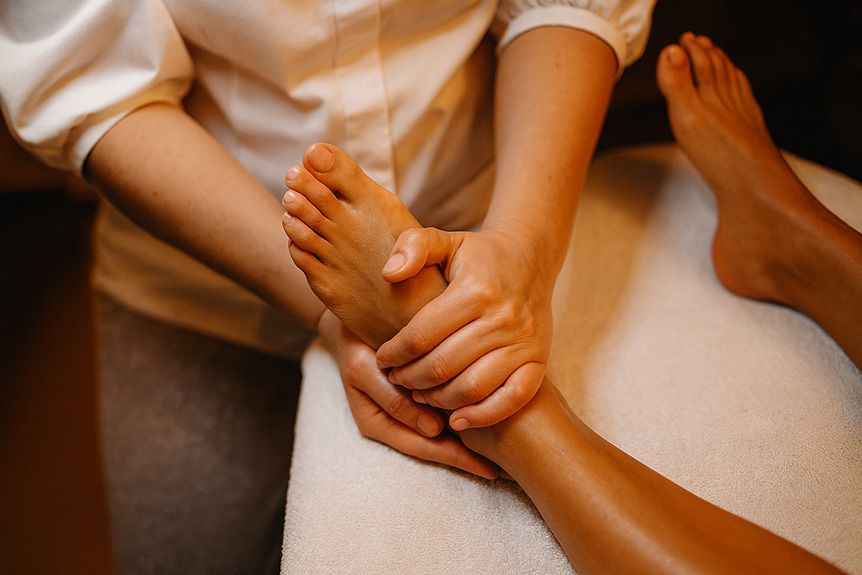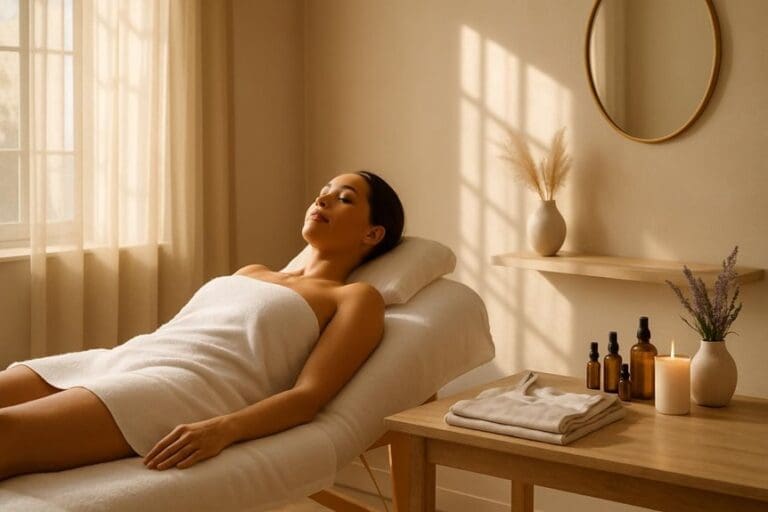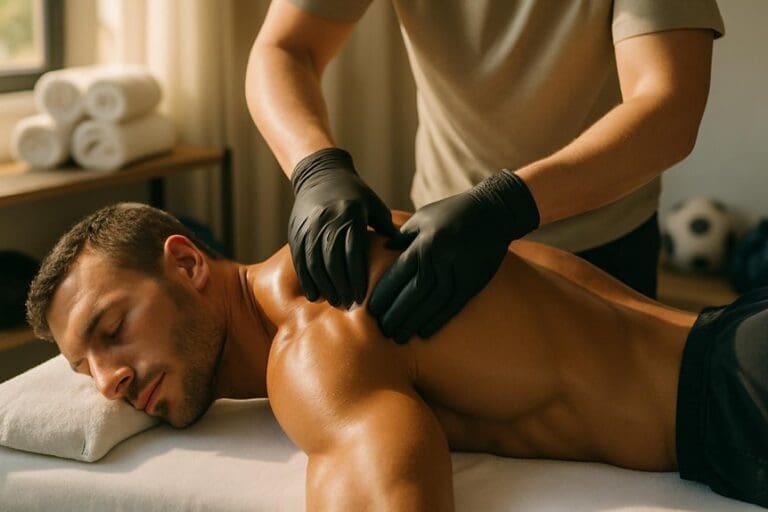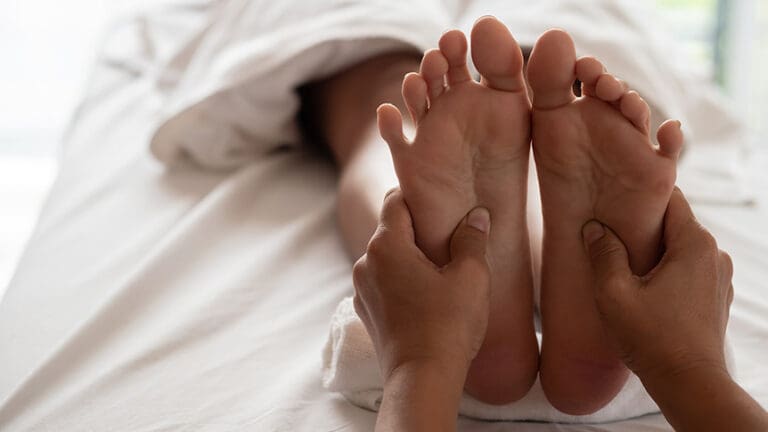Scientific evidence for this treatment remains limited and inconclusive. Some studies suggest potential benefits such as reduced anxiety and improved relaxation, particularly in certain populations. However, these findings are often constrained by small sample sizes and methodological limitations, making it difficult to draw firm conclusions. Health organizations typically regard this as safe but emphasize the need for more rigorous research. For a more thorough perspective on its principles, client experiences, and clinical practices, further exploration is available below.
Understanding the Principles and Practice
How does it work, and what underpins its widespread use in modern wellness clinics? Reflexology is a manual therapy based on the principle that specific points on the feet, hands, or ears correspond to organs and systems throughout the body. By applying targeted pressure to these reflex points, practitioners aim to stimulate physiological responses that may promote balance and well-being. At Spa & Massage, therapists use precise thumb and finger techniques to map and address these zones, focusing on each client’s unique needs. This process is believed to foster relaxation and support natural healing mechanisms. The structured approach and emphasis on individualised care contribute to its enduring popularity, as clients seek both the immediate calming effects and the potential holistic benefits that attentive touch can provide. Many people are drawn to reflex point therapy due to its healing power, which is believed to enhance overall wellness and complement other health practices.
Scientific Research: What the Studies Say
While it is widely practised and embraced by clients for its perceived benefits, its foundation within scientific research remains an active area of inquiry. Systematic reviews and clinical trials have produced mixed findings regarding its efficacy. Some studies suggest that it may help reduce anxiety, pain, or fatigue, particularly in specific populations such as cancer patients or those with chronic conditions. However, methodological limitations—including small sample sizes, lack of blinding, and placebo controls—challenge the strength of these conclusions. Leading health organisations generally state that while it is appears safe, more rigorous research is needed to validate its claimed effects. At Spa & Massage, therapists stay informed of emerging evidence, ensuring that each sessions remain client-centred and grounded in both tradition and careful professional practice.
Reported Benefits and Client Experiences
Many clients report a range of positive effects following zone therapy sessions, including reduced stress, improved mood, and enhanced overall wellbeing. At Spa & Massage, therapists frequently observe that individuals describe feeling deeply relaxed and more balanced after treatment. Client feedback often highlights improvements in sleep quality, relief from tension, and a sense of inner calm. While anecdotal reports are not a substitute for rigorous scientific evidence, these consistent experiences contribute to its popularity. Some clients note that regular sessions help manage discomfort related to everyday stressors, while others share that the supportive, attentive environment fosters a sense of trust and safety. This pattern of positive response underlines the perceived value, even as its physiological mechanisms remain under investigation.
How It Is Integrated at Spa & Massage
Building on client-reported benefits and observable outcomes, Spa & Massage incorporates it as a structured therapeutic option within its suite of services. Within the clinic environment, it is delivered by trained therapists who adhere to rigorous protocols, ensuring consistency and safety for each client. The practice is positioned as a complementary therapy, often integrated with other massage modalities to address individual wellness goals. Therapists at Spa & Massage employ targeted pressure techniques on specific foot zones, based on established reflexology maps, aiming to promote relaxation and a sense of balance. This integration is underpinned by ongoing evaluation of client feedback and session outcomes, allowing for continuous refinement. The approach reflects a commitment to personalised care, within a tranquil and professional setting, grounded in therapeutic best practice.
Practical Advice for Those Considering this Treatment
Several practical considerations can help individuals make informed decisions when exploring this treatment as a therapeutic option. Spa & Massage recommends evaluating personal wellness goals and discussing any specific health concerns with a qualified therapist before beginning treatment. Evidence suggests that it may support relaxation and alleviate stress-related symptoms, but it should not replace medical care for diagnosed conditions. In Spa & Massage clinics, therapists tailor each sessions to individual needs, using gentle pressure and high-quality oils to enhance comfort. Clients are encouraged to communicate preferences and provide feedback during sessions. Aftercare advice, such as hydration and rest, is provided to optimize benefits. Prospective clients should verify therapist credentials and seek transparent explanations of techniques, ensuring a safe and supportive environment for their wellness journey.
Conclusion
Coincidentally, as scientific inquiry continues to explore its mechanisms, many clients at Spa & Massage report enhanced relaxation and well-being—mirroring anecdotal benefits described in studies. While robust clinical evidence for specific health claims remains limited, the practice’s popularity persists, suggesting a meaningful role for complementary therapies in holistic care. Ultimately, those considering this treatment should weigh current research, personal preferences, and professional guidance to make informed choices about their health and wellness journey.



